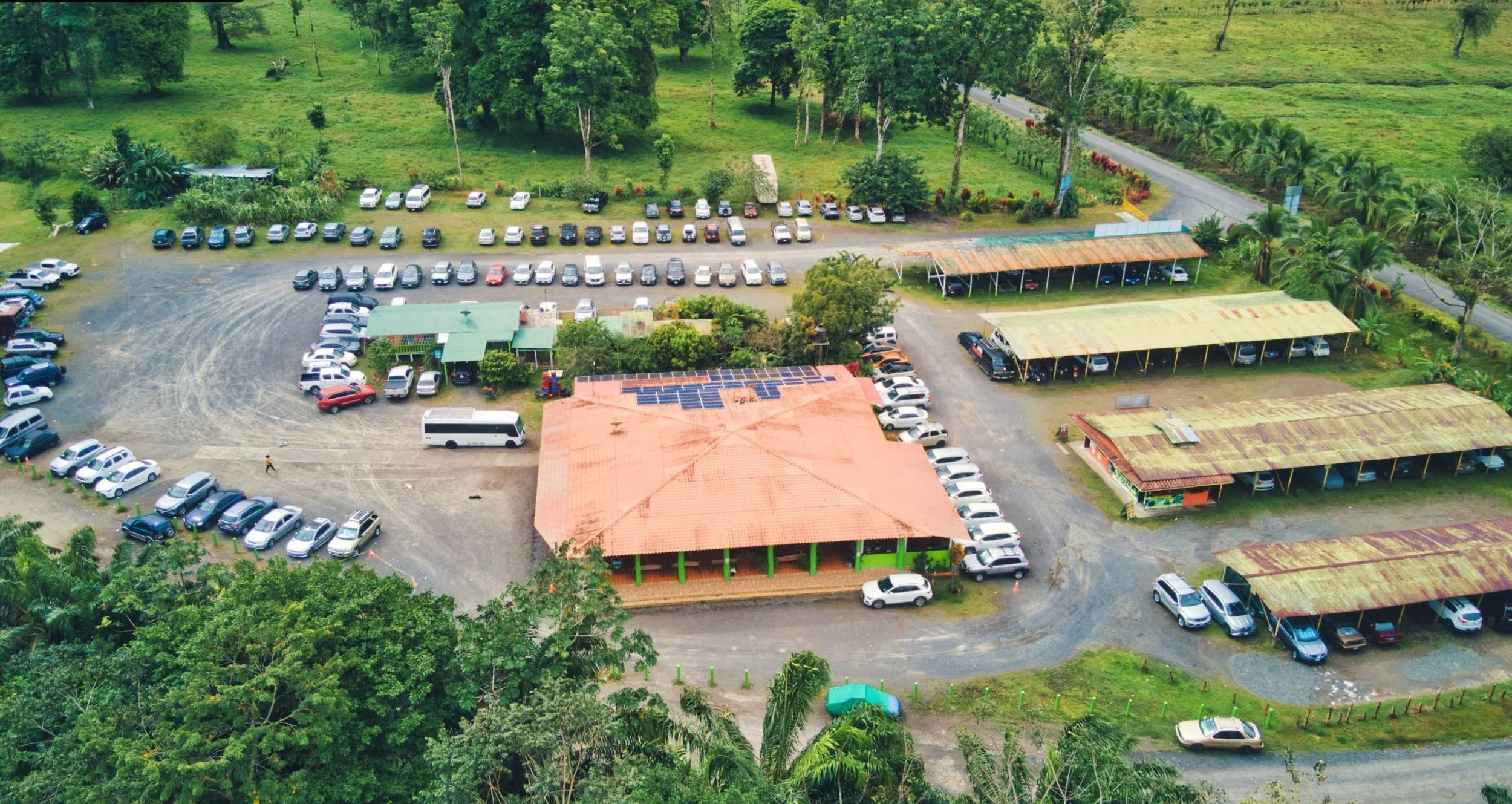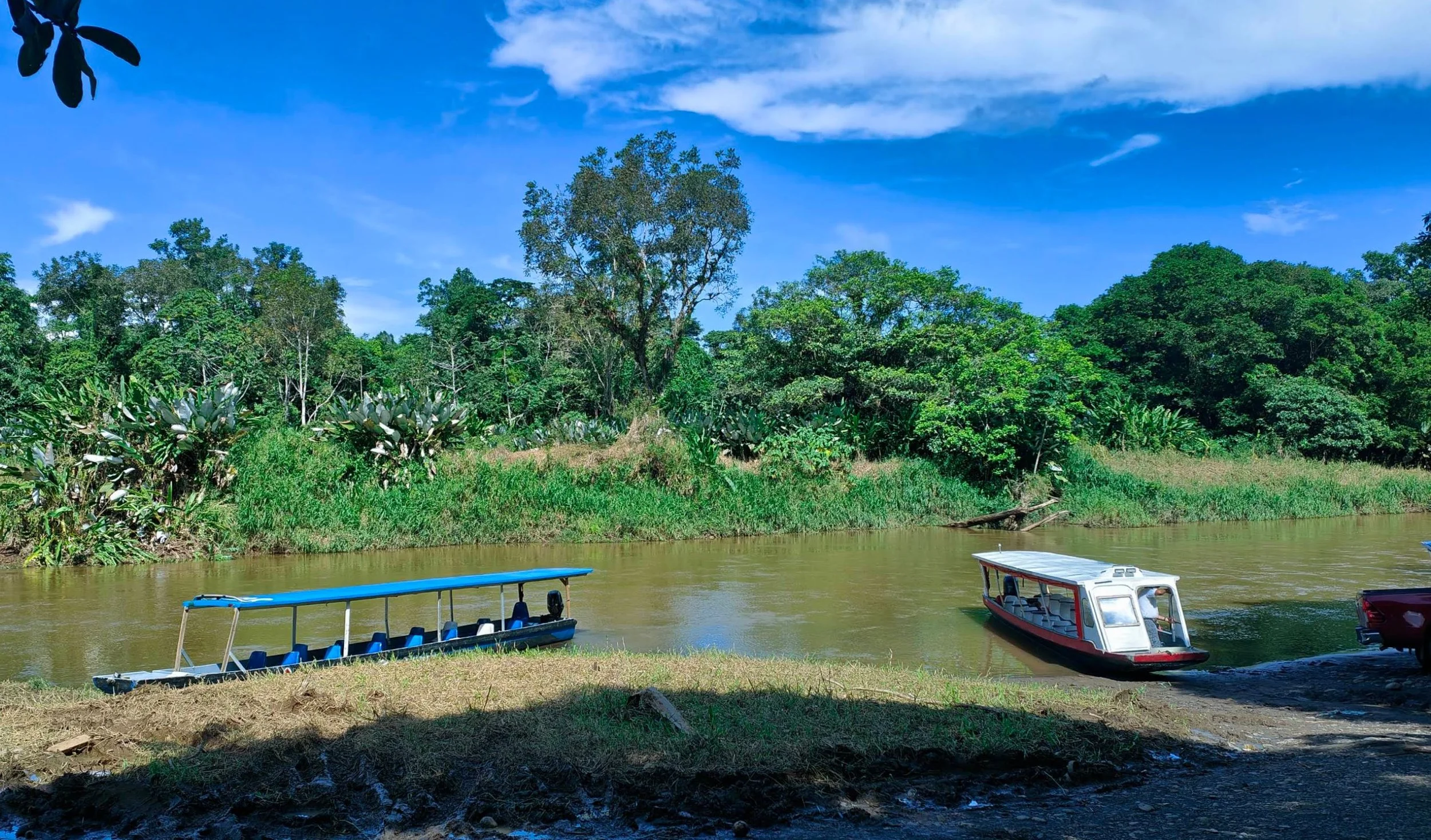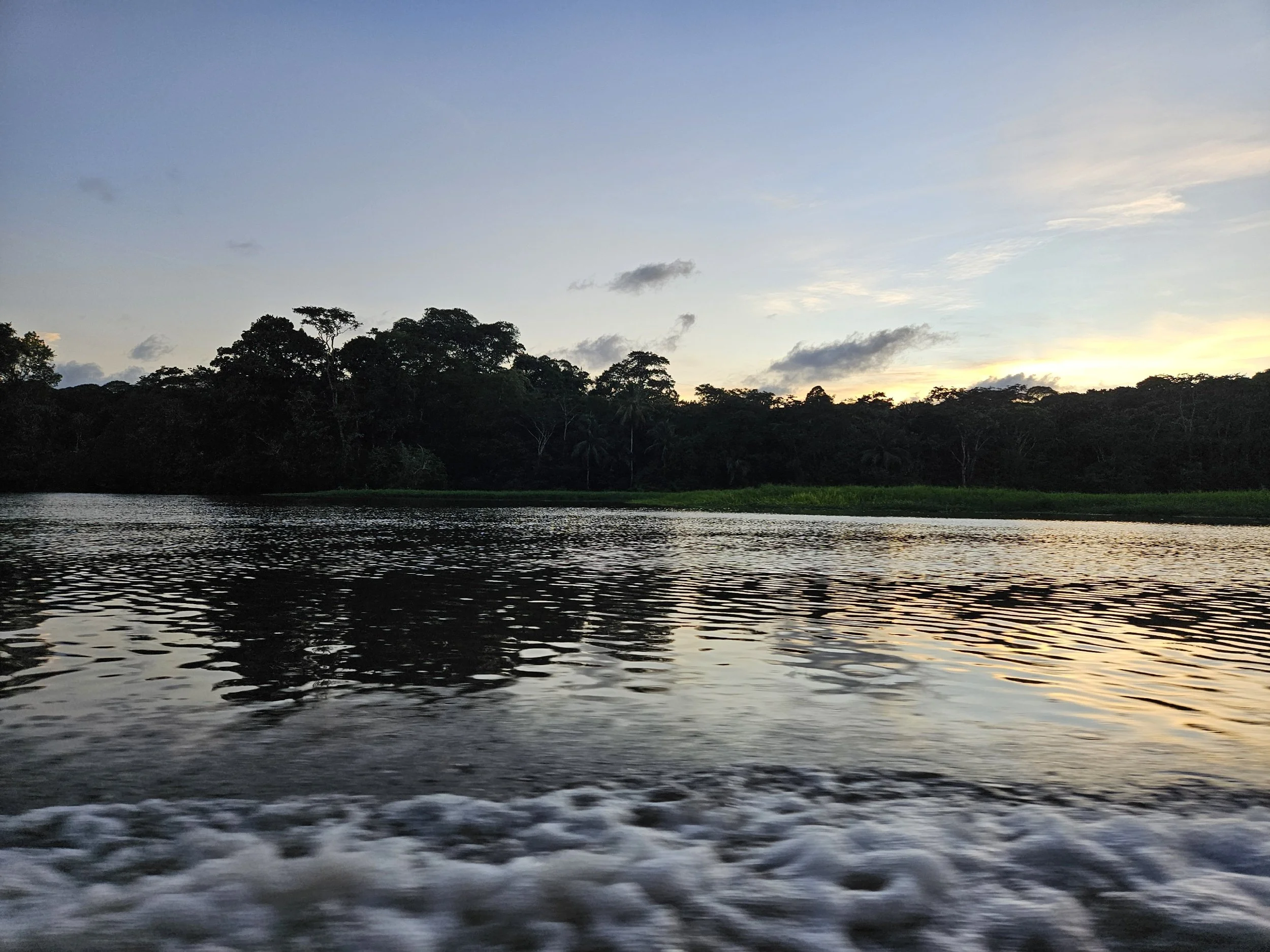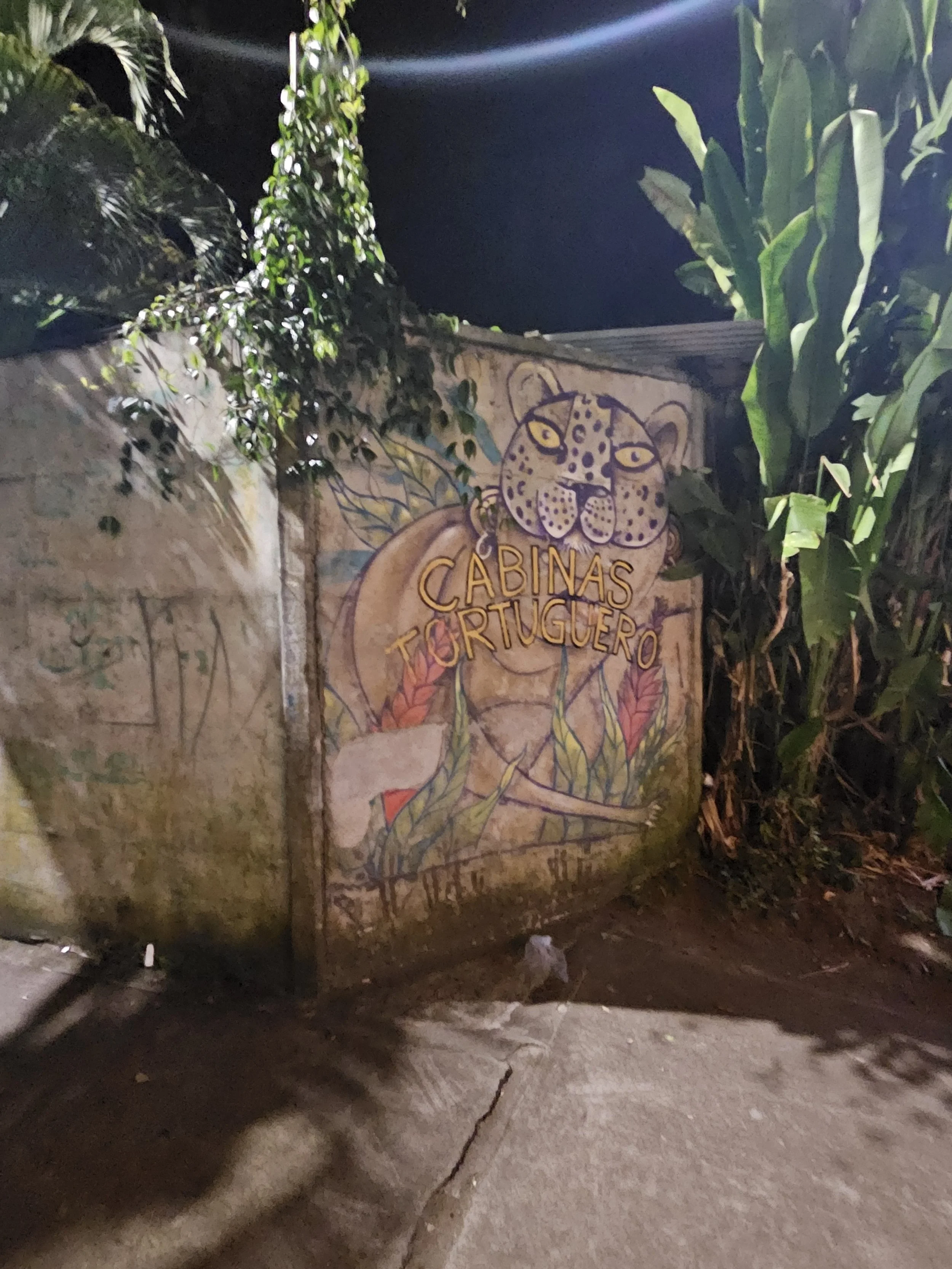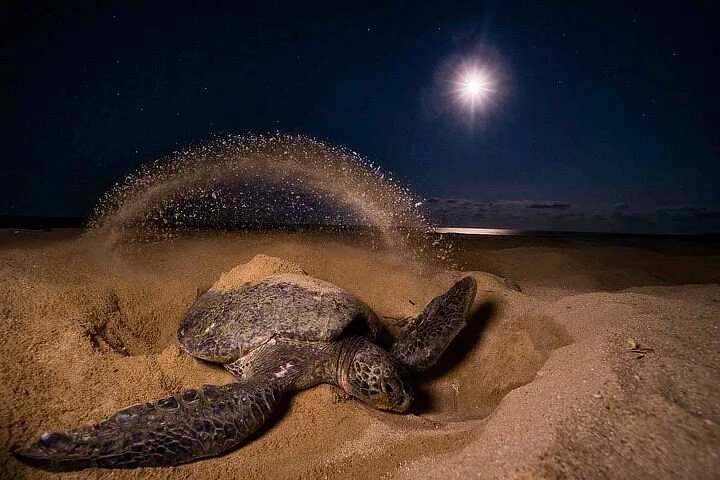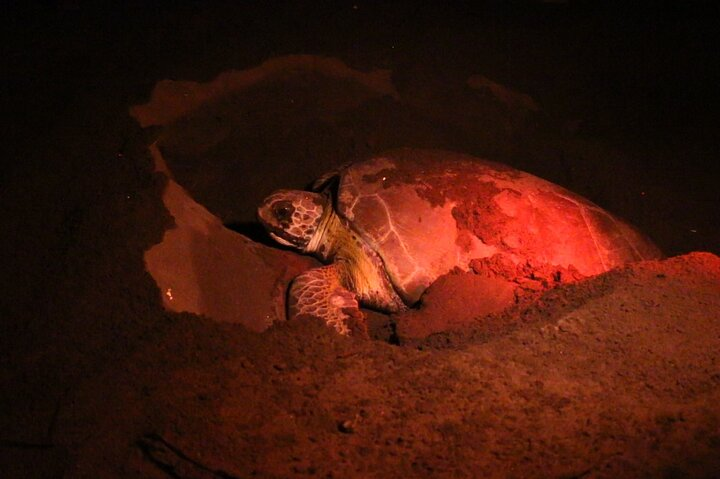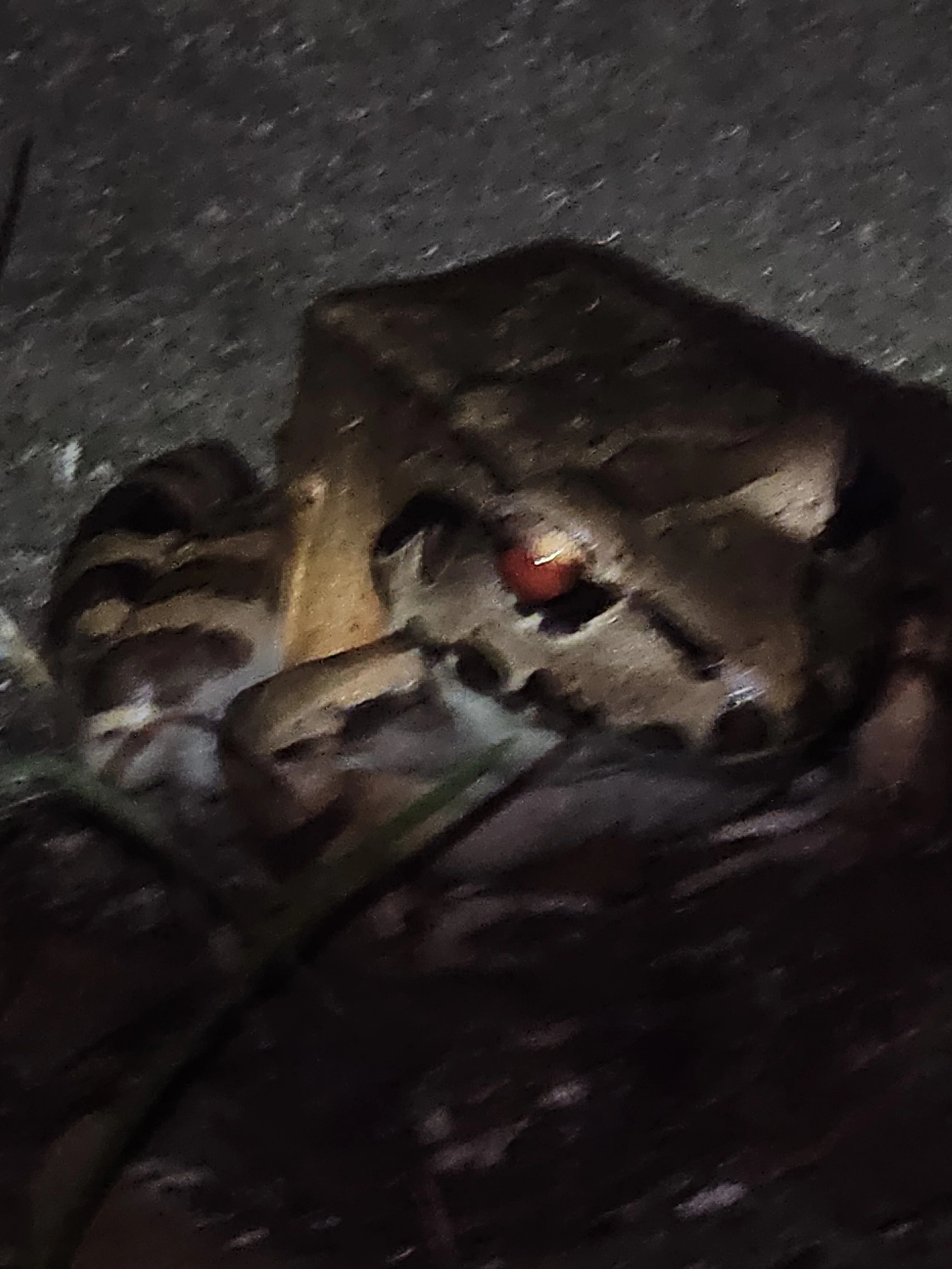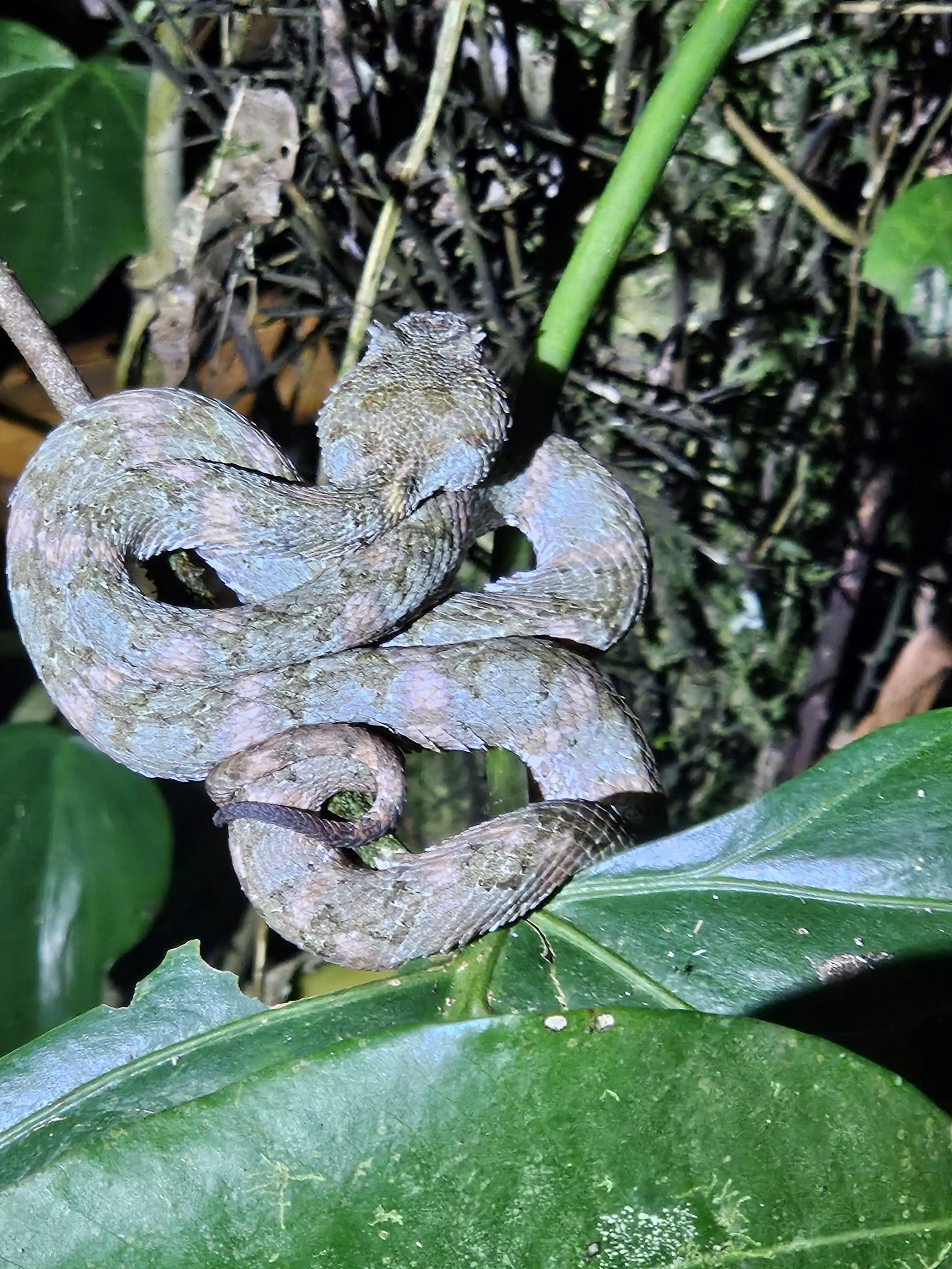Parque Nacional Tortuguero
One of the most remote locations in Costa Rica, Parque Nacional Tortuguero is only accessible by boat or plane. I was off to an early start having taken a 4:00AM shuttle from Antigua, Guatemala to the airport to fly back to Costa Rica. Once back in Costa Rica, I was off to pickup my car rental. There are plenty of ways to get around in Costa Rica and ultimately you should do what feels right for you given your budget, timeline and comfort zone. While researching and planning this trip, I had seen all forms of transportation suggestions in example trip itineraries and landed on renting a car so I could have as much flexibility in where I could go over the course of the 13 days I rented the car. I had initially planned to have the rental for the remainder of my trip, but my Airbnb host in San Jose (the last part of my trip) suggested that I would not need a car if I was staying within San Jose as Uber made the entire city very accessible. I’m glad I took that suggestion, because it afforded me many unique opportunities to engage locals when requesting rides (more about my time in San Jose in later posts).
Once I got my rental, I hit the road traveling east where I would be taking a ferry boat from La Pavona to Parque Nacional Tortuguero. The park is a haven for turtle activity, protection, and conservation with 4 different species: Green, Leatherback, Hawksbill, and Loggerhead turtles coming to nest at its beaches. Declared a national park in 1970, its boundaries have been modified three times (1980, 1995, and 1998) to incorporate more territory. Its area has increased from 64,701.45 to 76,937 hectares. Of these, 50,284 are marine and 26,653 are terrestrial.
Of the terrestrial area, 99% is used for the absolute protection of resources and 1% is used as a visitor site. The marine area is 100% dedicated to absolute conservation.
The park is one of Costa Rica's main tourist attractions due to its international recognition for protecting the most important green turtle nesting beach in the Western Hemisphere.
Aerial view of Parque Nacional Tortuguero
After more than 3 hours of driving I finally made it to La Pavona. I was late due to my plan landing late at SJO and was reminded by the parking attendant that I was late. He said if I parked and could be ready in 5 minutes that he could get me on the last ferry that was about to leave and mainly was carry locals and supplies. I hustled to park and grab my stuff so I wouldn’t miss this opportunity.
Parking lot at La Pavona
The ferry launch
Once aboard the ferry, I was able to relax and catch my breathe. I had been driving fast to get there when I did and just barely made it! The boat ride to Tortuguero was very pleasant and gave me the chance to take in the lush tropical forest while attempting to survive the insane humidity (my least favorite part of the area, but worth it nonetheless).
the water breaking next to the boat
San Francisco is one of the small local communities along the way to where I was going
Map of the region I was staying in Tortuguero
Finally, we pulled up to my stop and I got off the boat. There were locals standing around welcoming people as they got off the boats and helped to direct people. Whether it was lack of specific direction or me just being fairly drained, I did not hear where I needed to go so I walked to the giant map and looked for my hotel on the legend. It was getting dark and my hotel while listed by title in the map legend, had no number on the map which made for an additional challenge in finding the hotel. Some of the locals spoke English, but many had limited English skills and despite trying to explain what I was looking for it took me some time before I finally stumbled across my hotel which was not well marked even at the entrance. The dim lighting in general also made it challenging to find things but once I set my bags down and got situated I was able to better navigate. My main goal was to get checked in so I could make my turtle nesting tour on time. This is the one activity I do not have pictures of, because you are not allowed to take pictures, or even have lights during the tour as it can startle the turtles and they will retreat back into the water and not finish the nesting process.
This was the sign for my lodging that more or less blended in and I obviously missed
Full transparency, I didn’t take the photos of the turtles nesting below for obvious reasons.
Female turtle moving sand to prepare a nest
Female turtle nesting
Our group hiked in the dark only using red lights along the trail that runs adjacent to the beach until we got to our waiting area. We sat down and our guide let us know that there were a couple spotters combing the beach looking for turtles that were nesting. Because they can be easily spooked by light and sound, the practice is to minimize human presence during this time and once the spotter located a turtle on the beach, they wait for the turtle to be far enough along in the process before signaling to the group that is waiting nearby. The holes they dig for their nests are easily the same size as the turtle, if not a bit bigger so it can take some time for them to stage the nest. Once they have dug the hole, they basically hold themselves in a hover position while laying the eggs as to not crush them. After all the eggs are laid, the female turtle starts the process of backfilling sand around the eggs and carefully packing them in so they do not get crushed or eaten.
When we got to the beach only the guide was allowed to use a red light so we had to stay nearby. We were broken up into small groups where we would carefully and silently approach the turtle, watch for a few mins then our group would move to the back of the line. Small groups kept this rotation over and over until the turtle was done so we were all able to see the different parts of the process over time. It was a beautiful and unique experience that I will forever treasure. I’m glad I started this blog up, as it has given me a way to document that night and have this written account to relive whenever I choose.
After it was all over, we hiked back towards our starting point. Along the hike back our guide spent some time pointing out some animals that he could find and we were allowed to take pictures if we desired.
Species: Leptodactylus savagei
Species: Caligo martia (caterpillar)
Species: Bothriechis nigroadspersus
When I got back to my hotel, I wasn’t up long before I passed out.

